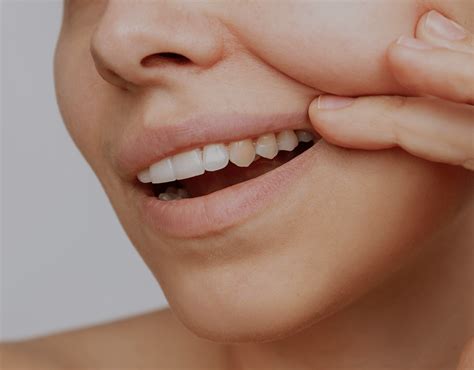Achieve a Balanced Smile: How to Fix Uneven Teeth
A dazzling, confident smile starts with straight, evenly spaced teeth. Uneven teeth, however, can impact not only your aesthetics but also your oral health. Fortunately, several options exist to achieve a balanced smile and correct dental irregularities. This comprehensive guide explores various methods, addressing common concerns and helping you make informed decisions about your smile makeover.
What Causes Uneven Teeth?
Understanding the root cause of uneven teeth is crucial in determining the best course of action. Several factors contribute to misaligned teeth, including:
- Genetics: Inherited jaw structure and tooth size can significantly influence tooth alignment. Family history of crowded or crooked teeth increases your risk.
- Oral Habits: Thumb sucking, tongue thrusting, and excessive pacifier use, especially during childhood, can exert pressure on developing teeth, leading to misalignment.
- Early Tooth Loss: Premature loss of baby teeth can disrupt the natural spacing and alignment of permanent teeth.
- Accidents and Injuries: Trauma to the mouth, such as a fall or impact, can affect tooth position.
- Gum Disease: Periodontal disease can damage the tissues supporting your teeth, potentially causing shifting and misalignment.
How Can I Fix Uneven Teeth? Common Treatment Options
Many effective treatments are available to address uneven teeth, ranging from subtle adjustments to more extensive procedures. Let's explore the most common ones:
1. Invisalign: The Invisible Solution
Invisalign uses a series of clear, removable aligners to gradually straighten teeth. It's a popular choice for its discreet nature and comfort. Invisalign is suitable for various cases of misalignment, offering a more aesthetically pleasing alternative to traditional braces.
2. Traditional Braces: The Proven Method
Traditional metal braces remain a highly effective and widely used method for correcting uneven teeth. They exert consistent pressure to gradually move teeth into the desired position. While less discreet than Invisalign, advancements in brace technology have led to smaller, more comfortable options.
3. Veneers: Enhancing the Appearance
Veneers are thin, custom-made shells that cover the front surface of teeth. They can mask minor imperfections, such as gaps, chips, or discoloration, providing a quick and effective cosmetic solution. Veneers are not ideal for significant misalignment but excel at improving the overall appearance of teeth.
4. Bonding: Minor Corrections
Dental bonding involves applying a tooth-colored resin to the surface of teeth to reshape them, fill gaps, or correct minor irregularities. It's a less invasive and cost-effective option compared to veneers or braces but might not be suitable for severe misalignment.
What is the Best Treatment for Me?
The optimal treatment for uneven teeth depends on several factors, including:
- Severity of Misalignment: Minor imperfections might respond well to bonding or veneers, while more significant issues may require braces or Invisalign.
- Age: Children and adolescents might benefit from early intervention with orthodontic treatment.
- Personal Preferences: Factors such as aesthetics, comfort, and lifestyle influence treatment choices.
- Budget: Different treatment options vary in cost.
How Long Does it Take to Fix Uneven Teeth?
Treatment duration depends heavily on the chosen method and the severity of the misalignment. Invisalign treatment typically lasts 6-18 months, while traditional braces can take 12-36 months. Veneers and bonding are usually completed within a single appointment or a few sessions.
How Much Does it Cost to Fix Uneven Teeth?
The cost of treatment varies significantly depending on the complexity of the case, the chosen method, and the location. It's advisable to consult with several orthodontists or dentists to obtain accurate cost estimates tailored to your specific needs.
Are There Any Risks Involved?
While generally safe, all procedures carry potential risks. These can include temporary discomfort, irritation, or minor side effects. A qualified dental professional will thoroughly discuss these risks during your consultation and ensure your safety and well-being throughout the treatment process.
Maintaining a Straight Smile After Treatment
After successfully straightening your teeth, maintaining your results requires diligent oral hygiene. Regular brushing, flossing, and professional cleanings are crucial to prevent shifting and maintain a healthy, beautiful smile for years to come. Retainers, as prescribed by your orthodontist, are often essential for maintaining the corrected tooth position long-term.
This article provides a general overview of options for correcting uneven teeth. It's crucial to consult with a qualified dental professional for a personalized assessment and treatment plan. They can evaluate your specific needs and recommend the most appropriate and effective solution for achieving your dream smile. Remember, a healthy and beautiful smile significantly contributes to your overall well-being and confidence.

